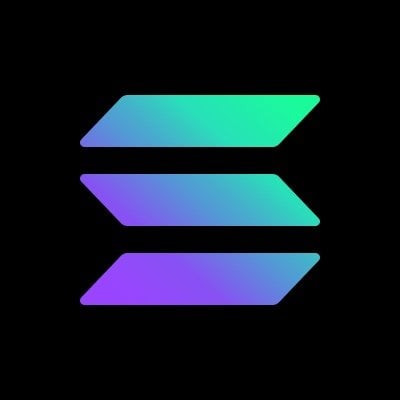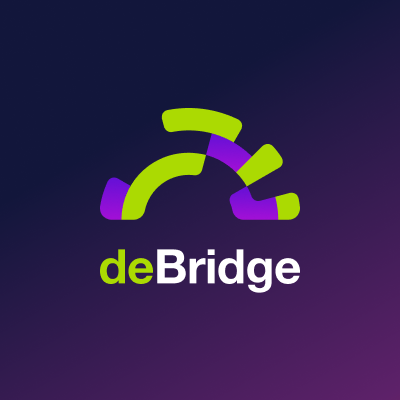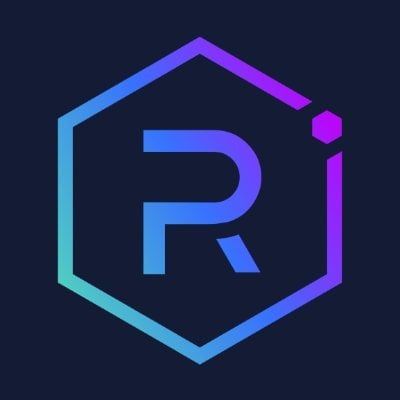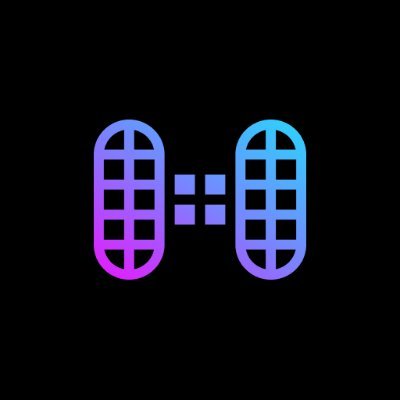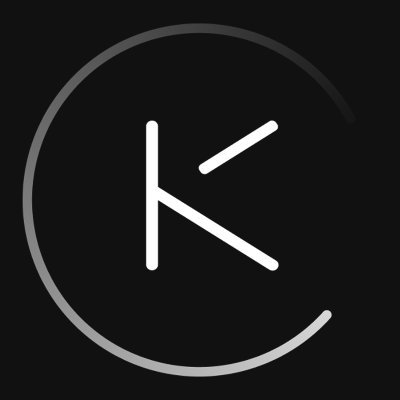Born from Death: A Review of Solana DeFi Ecosystem Projects in 2023
Original Title: "What is Dead May Never Die: The Solana DeFi Ecosystem Overview 2023"
Source: blocmates
Compiled by: West, Luccy, BlockBeats
Soylana, SBF chain, Sam coin, the NEO of this cycle, ghost chain, VC chain, and so on… If you have held on to your faith in Solana and survived over the past 18 months, I salute you.
Overall, especially on Twitter, there is a tendency for people to like to follow, obey, and not say anything contrary to public opinion. It’s like in an international medieval town, where residents are ostracized for having different views or believing in the wrong gods. This is not my god, so it is the wrong god.
When capital is at risk, and many idiots in the village are anonymous, tensions can become particularly severe. Those who shout the loudest often attract followers who agree with every word they say.
This is why narrative is particularly important in the cryptocurrency space. Things can occupy and persist without necessity. But often, the stronger the narrative, the further it is from the truth.
We saw similar cult-like idol figures in the last cycle, guiding followers toward inevitable failure. They will come back this time, perhaps in different forms, but human nature dictates that the group mentality will accept some of these charismatic leaders. Label them with a token, and things will quickly become complicated.
I believe any form of extremism is foolish at best and deceptive at worst. Now, in an extremely young and naive field, this is exacerbated by constantly changing technologies and paradigms that will absolutely not be static in the next 5-10 years. There is still much for us to learn, solve, and even imagine; however… some of us consider anything outside our algorithmically induced echo chambers of self-affirmation.
When things start to spiral out of control, it becomes very easy to take a stance against Solana. Whether from an investment perspective, a user perspective, a builder's perspective, or a general market participant's perspective, the past 18 months have absolutely tested your resolve.
We saw the SOL price start to surge dramatically from that infamous $3 tweet all the way to $259. At that time, Ethereum became difficult to use, with gas fees consistently above $100, sometimes even reaching four-digit Gwei. The rapid development of alternative Layer 1s was well justified. Solana, BSC, Avalanche, Luna (RIP), Fantom, and others attracted users wanting to participate in DeFi but hoping to afford gas fees.
Amid all this, toxicity began to spread. Somehow, Polygon largely avoided the malicious smear of Ethereum extremism. This may be because they tried to convince people they were connected to Ethereum while being an unusable sidechain, still facing reorganization issues to this day.
However, Solana became the primary target of attacks. Bankless continued to invite Anatoly and other L1 blockchain founders to further push their own agenda, without giving the founders any meaningful speaking time. Even when they did provide speaking time, it was often in an extremely arrogant tone.
To think there are other ways to do things, rather than benefiting in some way from Ethereum, is blasphemy. In fact, it performed well, which makes it even worse…
What I want to say is that even as someone who tries everything possible, this is completely different from anything I have tried before. Some aspects are better, some are worse. But overall, it remains impressive to this day.
After a few outages, things started to get a bit murky. This only exacerbated the sentiments of those dissatisfied with Solana. Another aspect I noticed early on is that DeFi projects on Solana do not meet the standards of their EVM counterparts.
There is a complete lack of thought regarding tokenomics, value accumulation, stickiness, and user retention. As someone who works in the DeFi space almost every day, some things just don’t add up.
Any token generation event (TGE) would immediately stop running or come under severe attack. It feels like every project launching on Solana has the same names on all the investment firms, with Alameda seemingly controlling everything related to this.
Now, I don’t know if what I’m saying is true, but there are enough things happening that it’s not just a coincidence.
Here’s what I and others have found: how to issue tokens on Solana in 2021.
- Alameda and other familiar Solana investment firms are on the investment firm list.
- The token's circulating supply is very low, and the unlock schedule should be very long.
- The private sale allocation offers very low prices for seed investors.
- Tokens following this blueprint qualify for listing on FTX.
- If Alameda invested, the token's Perps will be listed.
- When Perps go live, investors can short to hedge their still-locked positions.
- Retail investors' interests will be harmed.
This is not how to build a strong community or user base. If you want users to stick around, you must give them a chance to make money. This doesn’t work when your only counterparties are those low-cost venture capitalists.
In any case, based on how FTX/Alameda prices their investment project assets at current market prices, such as MAPS, OXY, SRM, etc., even if their assets may not circulate in the coming years, I believe my point stands.

Perhaps they are trying to exaggerate the actual assets they hold to indicate they are fully solvent, but that is not the case.
Anyway, after FTX collapsed, naturally, the association trial with Solana occurred. This was another test of faith for holders, users, developers, and supporters, but it also provided an excellent opportunity to buy SOL at $8. Kudos to those who bought it.
In summary, it seems that after the past nine months, the dust has settled, and those who once hoped for Solana's demise are now licking their wounds, as it has been the best-performing asset among the top 50 cryptocurrencies this year so far. It turns out that responding to the situation is an excellent catalyst for a rise.

So what exactly has changed?
Solana's outage issues - the last failure occurred in February and was attributed to cluster instability. Everything has gone according to plan in the six months since then.
Backpack (a new wallet on Solana) held their xNFT launch: Madlads. This was a huge test for the Solana network. The xNFT design is novel, in high demand, and very popular.
xNFT, or executable non-fungible tokens, are a new type of NFT that can run code. The "X" stands for executable, tokenized code that grants execution rights to the owner.
However, due to Solana's extremely low fees and high throughput, many Solana NFT launches were attacked by bots trying to spam the contracts to ensure they had a higher minting chance than regular users.
Due to the overwhelming number of transactions flooding the network and minting contracts, the team had to delay the minting by about 24 hours.
Here are comments from the founders of Backpack and Madlads on their first attempt.
https://twitter.com/armaniferrante/status/1649226410903437314?s=20
Now, even to suggest that similar situations could occur on other chains is foolish, as it is simply not cost-effective to do so due to throughput, fees, and delays. That said, there were no outages on the network, despite several RPC crashes; overall, it performed exceptionally well under the tremendous demand and pressure on the network.
For me personally, the most impressive part was seeing the local fee market in action. I will try to simplify it and not delve too much into details, as I don’t want to bore you, but this is essentially how it works.
On Ethereum or most other EVM chains, transactions are sent to the memory pool (mempool), then sorted and submitted to blocks. Seekers and builders see these transactions and propose the highest-value blocks to validators, which are usually confirmed and submitted to the blockchain.
Anyone caught in the middle by Jared should blame this mechanism, as they suffered significant slippage on their own purchases of altcoins. By raising the gas price, Jared buys ahead of you and then sells before you. If you used auto-slippage or forgot to reset it to normal slippage tolerance, you would buy at a higher price, and then he would continue to sell in the next transaction.
These gas wars are absolutely insane, and if you look back at the last cycle, even if you didn’t know an NFT was being issued somewhere on Ethereum, you could always sense it. Users would try to pay high gas fees to prioritize having their issuance transactions confirmed in blocks.
So, what happens when this occurs, and Aave must liquidate loans? Well, due to soaring gas fees, but Aave must quickly liquidate collateral to get the best price, the cost of liquidating collateral increases, and the protocol may incur bad debt.
Now for the interesting part… What if you could separate fees so that the ongoing NFT issuance is unrelated to the situation where collateral on Aave is being liquidated? This is the problem Solana successfully solved through its isolated fee market.
Gas wars may be happening on NFT issuances, while users on DEX and/or token markets are completely unaware.
This is also due to some recent upgrades:
- Priority fees - This allows users to express that they want their transactions prioritized. This fee is determined by the user and added on top of the base fee.
- QUIC - This is a new implementation that allows validators to effectively limit spam transactions sent from specific IPs.
Some have described this as switching from a public mailbox where anyone can send you letters and spam to a secretary who tells you who is calling before you answer the phone.
Of course, this reduces spam from a single source and prevents extreme trading levels around anticipated NFT issuances.
- Staking weight connection - This is a method that allows those with more SOL weight to have more connections to "leaders," i.e., validators who are deterministically chosen to submit the next block.
So, this means that when you have greater weight, you can establish more connections with validators. Of course, the reverse is also true. Those who want more connections and to increase their chances of having their transactions included in blocks need to buy SOL and stake it. This creates an additional financial barrier that will disincentivize traders who want to spam the network.
- Isolated fee market - The simplest explanation is that at any given time, a specific contract can include a certain amount of data in a block.
How Madlads ultimately succeeded:
Taking the Madlads NFT issuance as an example… Every time a user tries to mint an NFT by sending a transaction, Solana's base fee remains unchanged, although users can pay an additional priority fee to increase their minting chances.
If this happened on Ethereum, everyone would be raising gas fees to try to queue up, while a whale is being liquidated on Aave, then the person liquidating the bad collateral on Aave would have to compete with those using priority gas fees, potentially not getting packed into a block. This could lead to the accumulation of bad debt in the protocol, as we saw during market crashes like LUNA and UST.
Solana's isolated fee market allocates a certain space in the next block for specific contracts, so once the limit is reached, availability can still be provided for other important transactions. Now, protocols, users, and applications do not need to compete for gas priority with unrelated activities happening elsewhere on the network.
Additionally, with the implementation of QUIC, bots spamming specific contracts will be limited by the actual number of transactions they send. Typically, this high volume of transactions would cause some trouble for validators, leading to past network outages.
In summary, over the past few months, Solana has implemented some excellent upgrades in throughput, infrastructure, user experience, and overall stability.
Honey Pot Program BITCH
The team also cleverly deployed a honey pot minting contract that absorbed about $250,000 worth of SOL. Bots spammed the network trying to "mint" non-existent NFTs through their transactions… The founders refunded the proceeds to those who attempted to mint fake NFTs. I support this tactic.
Anyway, this is a brief history of how we got to where Solana is now. Now, let’s look at the interesting rebirth part that all degens are waiting for: the new Solana ecosystem assessment.
Solana Ecosystem Assessment
I will explain as simply and operationally as possible. I may miss some things, but I will try to keep this article up to date to provide you with information.
Getting Started with Solana - Wallets
Solana currently does not support Metamask. There are currently two main wallets.

Phantom is my preferred wallet, mainly because it is an excellent product and I have the habit of using it from the last cycle. It is currently undergoing a rebranding, which I think is great; the Chrome browser extension and mobile app are both excellent. The current download count in the Chrome store has exceeded 2 million users, and it recently added support for Ethereum and Polygon, allowing users to manage everything in one app. I look forward to future support for custom RPC for other L2 ecosystems.

This is the wallet I mentioned in a very lengthy and drawn-out introduction. I have used it and purchased some Madlads on the Tensor marketplace. Backpack is very user-friendly, and the wallet supports xNFTs, and I expect to see more innovations from this team. Backpack also supports Ethereum, allowing you to consolidate everything in one app. It’s tough to choose between the two, and I recommend trying both.
2023 Solana Ecosystem Getting Started Guide - On/Off-Ramps and Bridges
Any well-known centralized exchange will support Solana's on/off-ramps. It’s as simple as buying SOL or USDC on that exchange and then sending it to your Phantom or Backpack address. If this is your first time using it, you will still need a small gas fee (SOL) on-chain. Therefore, it’s best to buy SOL to bridge from the centralized exchange. The EVM-Solana bridging can be a bit tricky. If you are an EVM supporter and all your assets are on Ethereum or L2, how should you choose?

This is a product of Wormhole that allows you to bridge between Solana, BSC, Avalanche, Ethereum, and Arbitrum. Users simply connect their wallets, such as Metamask (Ethereum), then connect to the target wallet, such as Phantom, and select the assets they want to bridge. The advantage is that the operation is really straightforward. Transferring from Solana to Arbitrum took only about a minute. The downside is that transferring in the other direction can take up to 18 minutes, and switching from a centralized exchange to any asset you want and then bridging can take quite a while, especially if you are waiting for Arbitrum's confirmation. I haven’t tried BSC, Avalanche, or Ethereum yet. The deposit time from these chains to Solana may be faster.

I haven’t used deBridge yet, but the project recently integrated EVM-Solana, and user reviews are quite good. The bridging from Avalanche to Solana looks very fast (as both chains have ultra-fast finality). In any case, if you are looking for a fast, easy, and cheap bridge, then you should try deBridge.
2023 Best Decentralized Exchanges (DEX) on Solana
Alright, let’s get familiar with the best asset trading platforms on Solana. I will introduce a few, but there is one standout product for me.

Raydium is the true pioneer of Solana DeFi. In the past, if I wanted liquidity for any token, I would choose to trade here. It is an AMM trading platform, and if you have used Uniswap, you will be familiar with Raydium. For those looking to provide liquidity, you can also check out Raydium's centralized AMM, which seems to have made significant progress recently.
Smol alpha: The current annual percentage rate for SOL-USDC LP is about 30%, while the annual percentage rate for stSOL-SOL LP is 17.28%.

I have always liked Orca and its very user-friendly interface. The "text trading" feature on the taskbar is also cool. A few weeks ago, Orca saw huge trading volume and LP fees in BONK and RLB trades.

Jupiter is, in my opinion, the best. No matter which chain I am on, I always use the Jupiter aggregator; it is the leader on Solana DEX. I always go directly to Jupiter for trading, and it recently added on-chain limit orders. You can even set effective buy or sell time limits using a DCA strategy.
2023 Best Lending Markets on Solana
Another typical DeFi product is the lending market, which includes borrowing and lending protocols. Aave, Compound, and the upcoming Tapioca will become blue-chip stocks familiar to everyone on EVM chains.
On Solana, there are products similar to those you know and love, so let’s look at a few.

Solend is one of the earliest protocols to offer multiple assets for deposits and loans. They also provide permissionless liquidity pools where users and/or protocols can set their own parameters and a basket of assets. This somewhat reminds me of Rari. During the FTX incident, they did encounter some issues that led to nearly $100 million in loans collateralized by SOL dropping to liquidation prices without taking any measures to repay the loans. In this case, a temporary governance vote was held for the team to take over their positions, but only 1.3% voted in favor, and 0.3% voted against. However, the team continued to build during the bear market and the low point of Solana, which is commendable.

This is one of the projects I mentioned when talking about Solana's revival, and it is currently running a rewards program where users can deposit and borrow to earn points. Points will be calculated and redeemed for airdrop rewards. Given the protocol's intricacy, I believe there must be some excellent token design behind it, which is an advantage we see on Solana. In the later LST section, I will introduce a strategy using Marginfi.
2023 Best Yield Optimization Protocols on Solana

Francium is a very nice product that reached over $425 million in total locked value at the peak of the last cycle. The protocol offers lending products while also providing opportunities for leveraged yield farming on specific single-sided assets and LP asset pairs. These new products launching on Solana will provide some great money-making opportunities.

Hubble is a product for Ethereum enthusiasts, similar to Abracadabra's CDP protocol, where users can deposit various assets and mint their USDH stablecoin product. Hubble has an active USDC-USDH LP pool managed by Kamino.
Kamino is a concentrated liquidity management protocol, similar to Arrakis, where anyone can deposit funds into their vaults on Orca and Raydium.

2023 Liquid Staking Projects on Solana
Liquid staking derivatives are clearly the biggest theme of 2023, as the Shapella upgrade occurred on Ethereum a few months ago. Now users can withdraw their ETH from the beacon chain, leading to significant increases in market share for protocols like Lido, Rocketpool, and even Coinbase in the staked ETH market. So what about liquid staking derivatives on Solana? Lido has long supported stSOL, and many may expect Lido to become the market leader on Solana as well.

Marinade Finance is the number one DeFi application on Solana, with a total locked value exceeding $162 million. Its mSOL product has stood the test of time and has been implemented on multiple occasions. Just like stSOL on Ethereum, mSOL can be deposited into many of the protocols mentioned above.
If I were a betting person, I would bet that Jito will surpass Lido or Marinade in the next 12 months. Jito is an outstanding product made by a very talented team.

These teams provide a liquid staking product that captures MEV flowing on Solana, bringing greater returns to their depositors.
Alpha: If you can time it right, you can deposit SOL into Jito, receive jitoSOL, and then deposit jitoSOL into Marginfi. Neither of these projects has released a native token yet, but they are expected to do so in the near future. In the meantime, you can hold SOL long-term and earn staking, lending, and MEV rewards.
Another emerging liquid staking product is BlazeStake, which uses bSOL. Similarly, this is an emerging liquid staking derivative of SOL, allowing users to earn Solana staking rewards.
Derivatives
Hxro Network acts as a liquidity layer on Solana, allowing users' deposits to be used in all applications built on Hxro.
Derivatives built on Hxro:


The Hxro ecosystem is rapidly evolving, with new projects starting to build every week, including perpetual contracts, options, futures, hedging bets, gambling, trading bots, and anything else you can think of. I am fully invested and have locked in my funds. To learn more about Solana, especially Hxro, please watch our interview with Hxro Labs founder Gunny.
https://www.youtube.com/watch?v=Gc_KGPn3oVk
Pepper DEX
Pepper DEX is a decentralized trading platform for perpetual contracts and futures built on Hxro Network, benefiting from the token circulation mechanism of PEP and HXRO stakers. Solana introduces options tokens for the first time, such as oPEP, whose token design seems very well thought out, offering choices for farmers and DeFi enthusiasts.

Flowmatic is one of the coolest things I’ve seen recently, and it’s only possible on Solana. It has a rich set of tools, APIs, and trading terminals that will become the toll booth for almost every project on Hxro Network.
Aside from LSDs, chat trading bots on Telegram and Discord have become the biggest new trend of 2023. Many believe these things are just a temporary meta trend, but I think they are a counter-solution to the onboarding and user experience issues in cryptocurrency.
Account abstraction, smart contract wallets, and mobile-first applications are at the top of my 2024 watchlist. Those who solve the user experience issues in cryptocurrency will win in the future. I believe there will be significant advancements in the next 12-24 months to onboard the next batch of users. Therefore, Base is attracting Coinbase's 100 million+ verified users. Chatbots are another way to address this issue, bringing trading bots to where end users are and providing them with excellent products that should exist long-term.
NoloBot is a trading bot running on Discord that offers perpetual contracts, spot, and options trading, all powered by Hxro Network and settled on Solana, but the liquidity of the NOLO token is stored on Ethereum. We set up this bot on our Discord server, and it is very user-friendly, with developers continuously building.
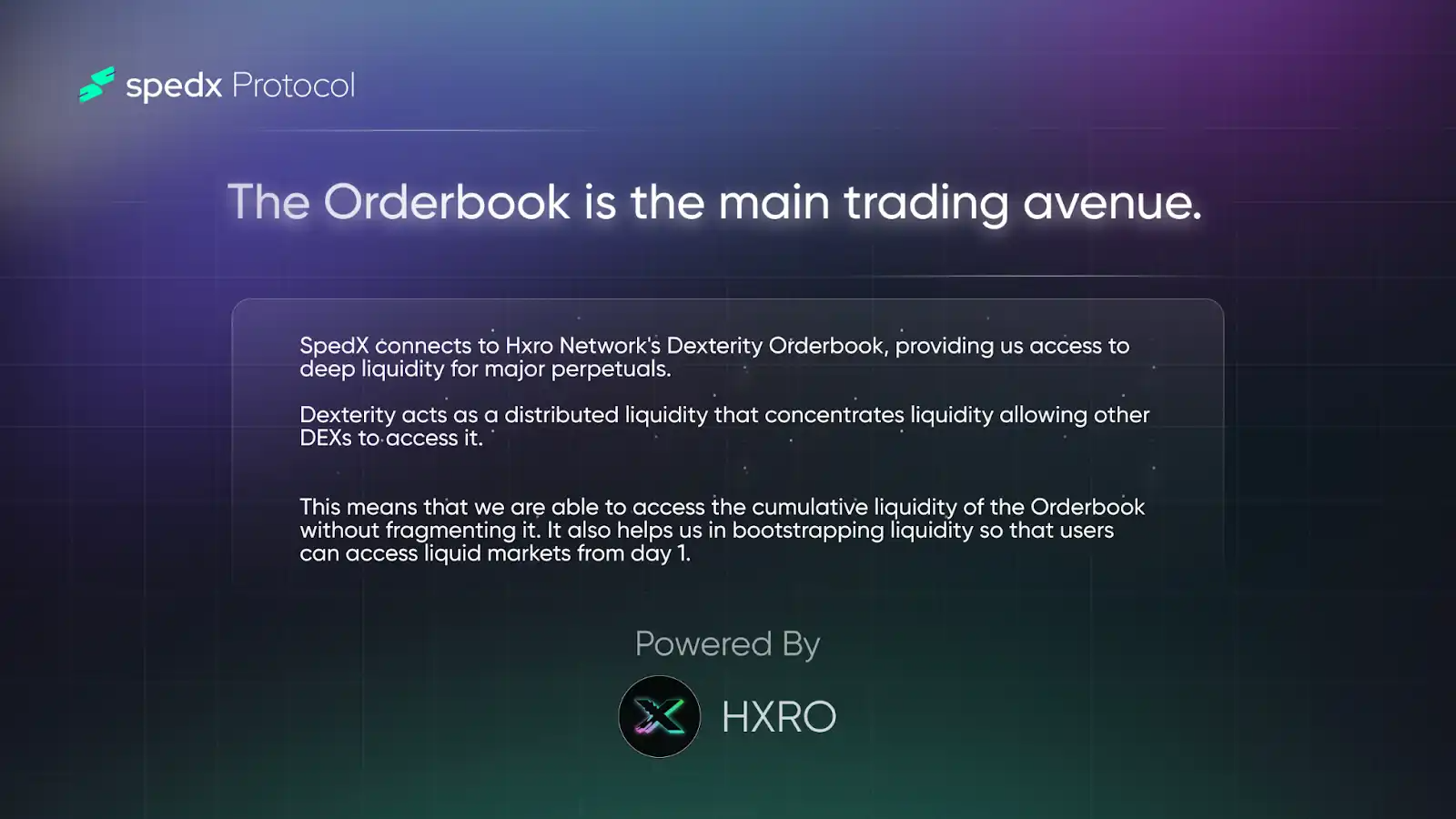
This project has suddenly emerged recently and is expected to launch soon. SpedX is a CLOB-AMM hybrid DEX for perpetual contracts that utilizes liquidity from Hxro Network through Dexterity. It’s impressive to see how many projects are building on Solana's infrastructure/liquidity layer. "We enable you to trade without worrying about unexpected price fluctuations" - SpedX landing page.
Many other projects are being built on Hxro, and we may cover them in separate articles on blocmates.com.

Cypher suffered an attack on August 8. Nevertheless, Cypher has a very eye-catching product, and I hope it can resolve all issues, as I know many people locked SOL for the anticipated airdrop opportunity. Cypher offers cross-margin trading and allows users to deposit funds on the trading platform for leverage.
Other Interesting Protocols:
Ellipsis Labs and Pheonix
I couldn’t find much more information about Ellipsis Labs and their product Pheonix, only that it will be a CLOB DEX on Solana.
The documentation mentions: "High-throughput blockchains have enabled the creation of new financial primitives. Ellipsis Labs is building Phoenix, a fully blockchain-based, non-custodial, decentralized limit order book that requires no central server intervention."
Nevertheless, it seems that after Serum (now OpenBook) left, there is a significant gap, and one of Solana's clear advantages is that it can build a truly centralized limit order book with instant settlement.
In terms of AMM DEX innovation, especially regarding Uni V4 on Ethereum, Trader Joe, Maverick, and Ambient Finance, I would love to see a real on-chain order book in operation.
For a name like Phoenix to signify some sort of revival is quite fitting.

Tensor is an excellent NFT marketplace, suitable for regular users in Lite mode and professional NFT traders in Pro mode. I can only think of positives regarding Tensor and hope to see it succeed; the official team just released their Tensorians NFT series, which may contain some valuable information.
I have been following NEON Labs since Solana began to thrive in 2021. It provides a fully EVM-compatible environment but runs only on Solana. Therefore, Dapps that have already been built on Ethereum or other EVM chains can now be deployed and scaled while enjoying the benefits of Solana. This is a very cool product, and I look forward to seeing projects built on Neon.
Solana L2s
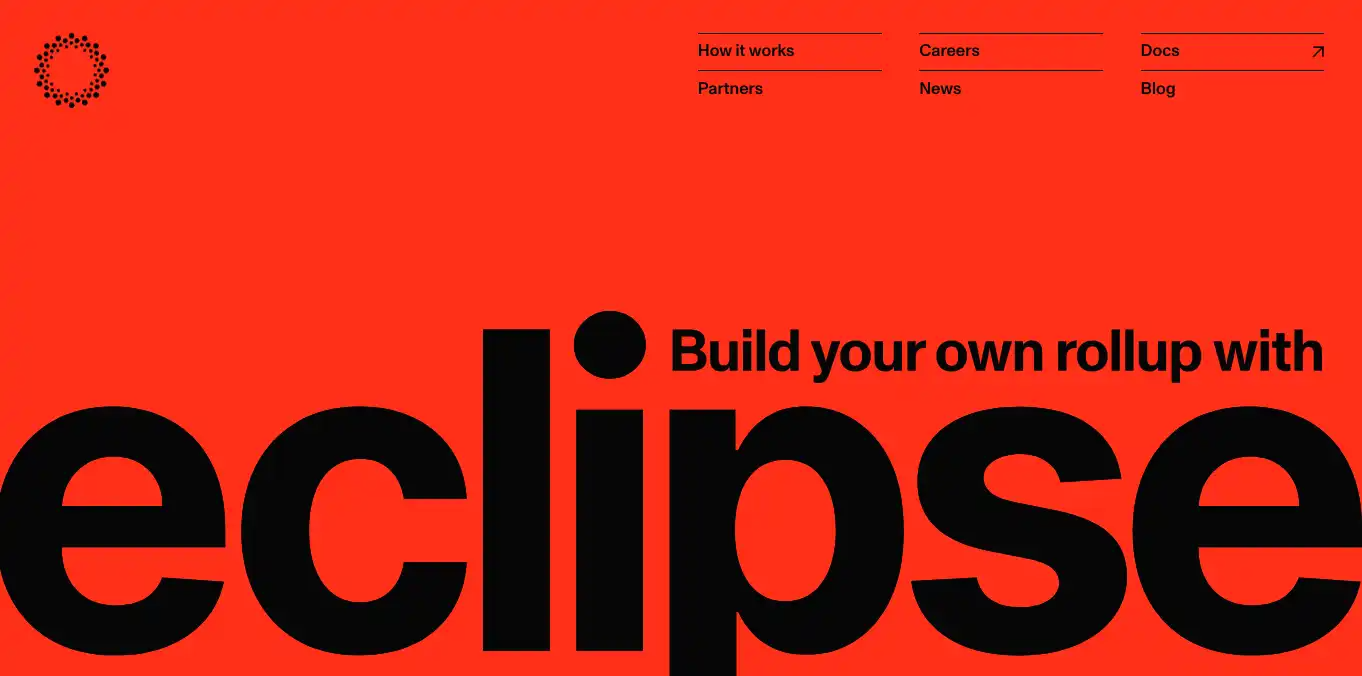
In addition to having one of the best websites in the cryptocurrency space, Eclipse also allows users to build blockchains in their own way, enabling users to build a Roll-Up using Solana, Ethereum, Cosmos, or any technology they want. This is part of the emerging concept of "Roll-Ups as a Service" (RaaS).
https://www.youtube.com/watch?v=Y8MKq7IuOn0&t=4s
If you are a DeFi enthusiast, these teams may be worth keeping an eye on.

Their website summarizes it as the Solana virtual machine of Cosmos. Sei Network recently released an announcement about how Nitro supports Cosmos-based applications and the advantages of Solana's execution time, throughput, and fees.
I won’t delve into this here, but if you are interested, you can read their post link.

If Ethereum heavy supporters aren’t excited enough, Anatoly previously mentioned in a series of tweets that Ethereum could serve as a second layer for Solana.

In comparison, Bitcoin SV is probably more likely to see Satoshi's return and recognition, but this is an interesting thought experiment, if only to provoke Anthony Sassano's emotions.


Ottr Finance effectively utilizes Solana and mobile applications, making it look like a fintech banking app. It also features in-app staking, allowing users to earn current SOL staking reward rates. When some social elements are integrated, it becomes very powerful.
Fire Dancer

If you think Solana's performance is already excellent, then you might not have much in common with the folks at Jump Trading. Fire Dancer is Solana's second validator client, making Solana the only chain besides Ethereum to have another client.
So how much more optimization can it achieve?
During the Breakpoint event, the team demonstrated that they could handle over 600,000 tps (transactions per second) with off-the-shelf hardware, which is quite impressive.
It is reported that both clients will run simultaneously to increase additional security, as the original Solana client can run behind to verify whether Fire Dancer transactions are confirmed. This also increases Solana's reliability, as if a transaction cannot be processed on one client, the likelihood of it failing on the other client will be greatly reduced, and this is expected to be applied in a real working environment in early 2024.
Token 2022
A new token plan is currently under review, which may cover the existing SPL token standard, effectively similar to how Ethereum changed the ERC-20 standard, as the current SPL format has some limitations in terms of token functionality on Solana.
Additional use cases and extensions for these Token 2022 will bring unprecedented dynamics to DeFi.
Some of these use cases include:
- Compressing, decompressing, and recompressing NFTs
- Confidential transfers
- Staking and liquidity pool expansions with interest (similar to rebase tokens)
- Enforcing memo transfers (similar to bank transactions)
- CPI protection, where tokens must be validated by representatives
If you want to learn more about Token 2022 and when it will be implemented in the DeFi space, you can watch this short presentation from Breakpoint.
https://www.youtube.com/watch?v=Gr0cSdqIjD4
Conclusion
I hope this helps clarify what is actually happening with Solana. I think people are overlooking the big picture and only doing surface-level research. In fact, I have been accumulating SOL tokens, and I am now fully stocked and ready for the next round. To me, $8 SOL feels like $80 ETH during the last bear market cycle.





